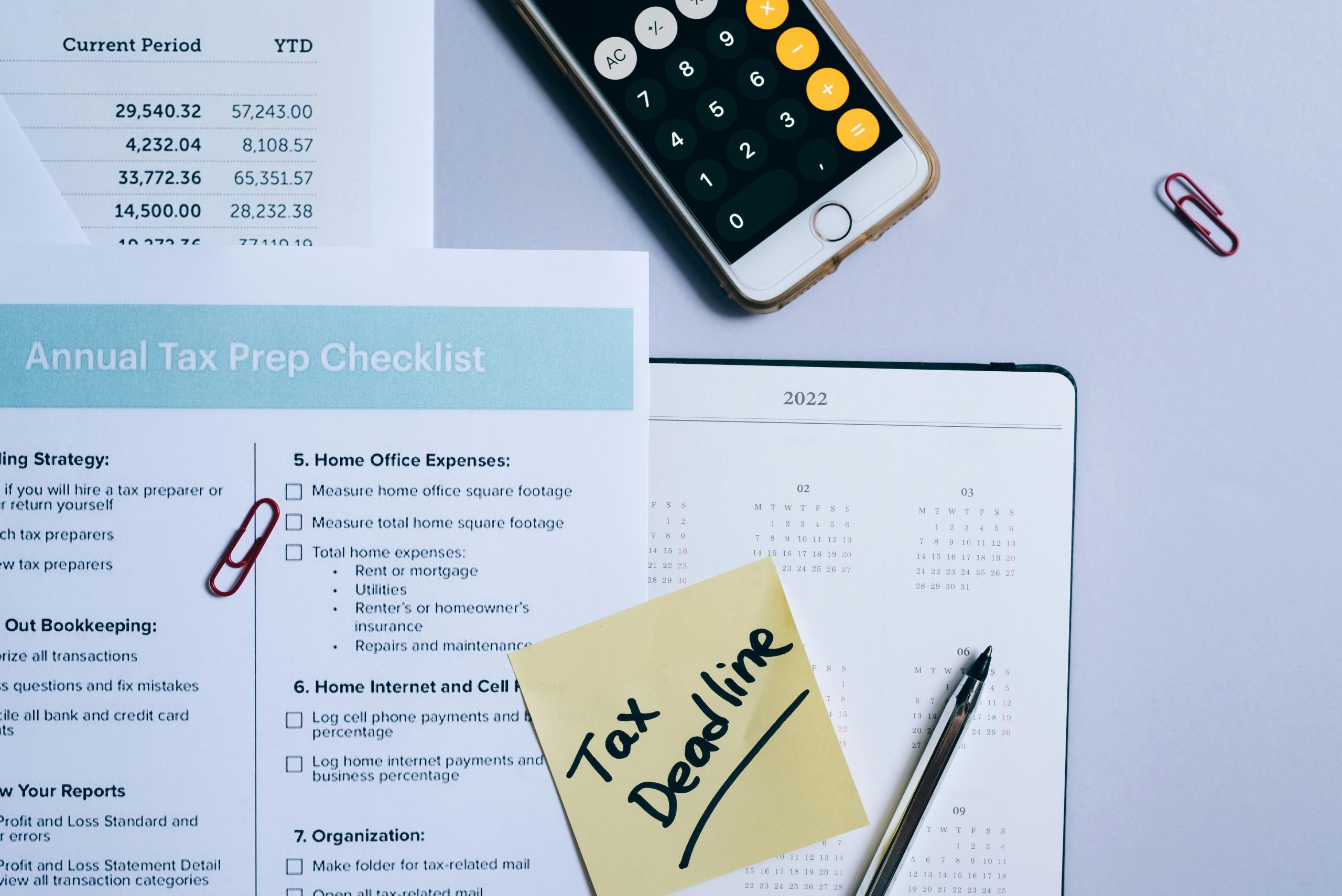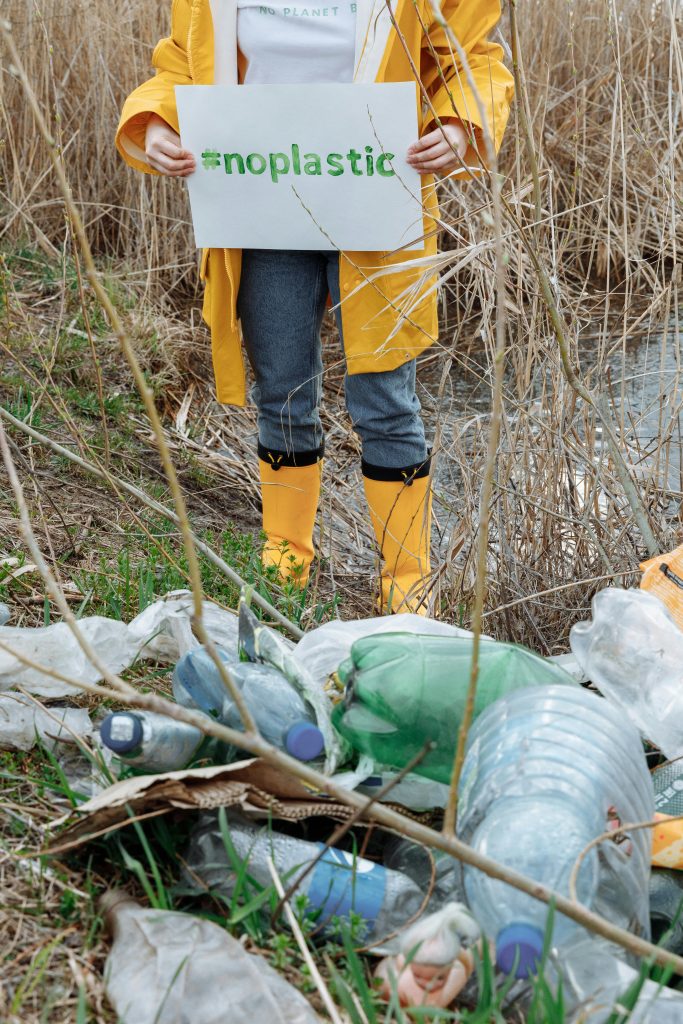

Too often, we think of artists as financially struggling, but the truth is that today, there are so many options to turn your creativity into cash flow. Here, we’ll discuss how other artists are building their brands into successful businesses. You may be surprised how many options are out there that artists can capitalize on.
Sell Digital Prints Online

Selling digital prints online is nothing new, but there are many more ways to make an income from it now. Once you create and upload your designs, you can make passive income. Selling digital prints online takes some strategy, as one artist explains, but you can make a living off of doing so. Sites like Shutterstock, Etsy, and Zazzle are all options for selling your digital art. You also can put your art on t-shirts on Red Bubble.
Sell Items at Markets

Market season is a great opportunity for artists to not only sell some of their work but build an audience. With smart marketing practices, attending markets can help you build your brand and create repeat customers. One artist suggests knowing your target audience, bringing business cards, and following up with potential customers to maximize sales.
Set Up an Online Store
It’s easier than ever to set up an online store. Companies like Shopify make it easy to build your website and manage and process payments. While it does take some work to handle shipping and customer service, having an online store makes it easy for customers to find your art and make purchases.
Lead Classes Virtually and In-Person

Are you good at teaching certain skills? Why not use your expertise to teach a course? You can do this completely online on sites like Udemy and Coursera. These courses are typically pre-recorded so after you put in the work upfront, it’s a great option for passive income. You can also create social media accounts like YouTube or Instagram that you can monetize.
If you love interacting with people, an in-person class is a good option for innovative artists looking to make extra money. If you don’t have a space to host a class, many restaurants and bars will partner with artists to create events for their customers.
Start a Patreon
Similar to recording courses, Patreon is a membership that you can offer to customers. Innovative artists are using Patreon to get direct support from fans and build their following. You can offer exclusive deals and drops and behind-the-scenes content to your members, among other things.
License Your Art
Lastly, innovative artists are using licensing to create extra income. While this requires research and pitching, licensing can create income for you for years to come in the form of royalties. Learn how one artist started licensing his work.
How Innovative Artists Create Extra Income
As with any entrepreneurial venture, creating multiple streams of income will help you bring in the most money possible. Then, you won’t over-rely on one platform or not have enough cash flow if an opportunity ends. As an artist, you can make a decent living off your craft and turn your creativity into cash.
Read More
Supreme King vs. Mistplay vs. Freecash: Which Money-Earning App Is Right for You?
Teaching Teens the Essentials of Investing and Financial Management































